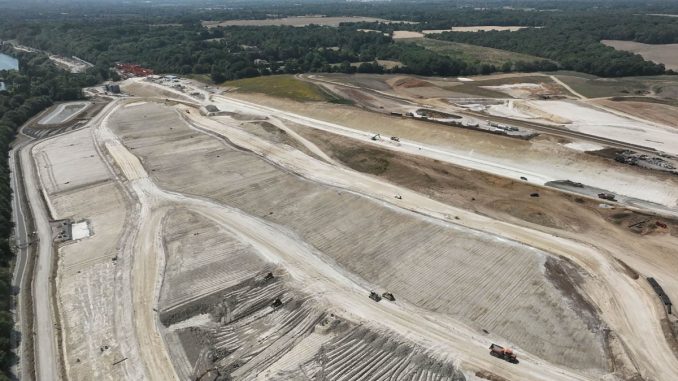
LDA Design and Jacobs, design partners under the Align joint venture constructing the Chiltern Tunnel and the Colne Valley Viaduct as part of HS2 Phase One, are leading a project to create a new nature reserve with diverse habitats in the Colne Valley, England, transforming former arable and mineral extraction land into native woodland, wood pasture and wetlands set within 127ha of species-rich chalk grassland.
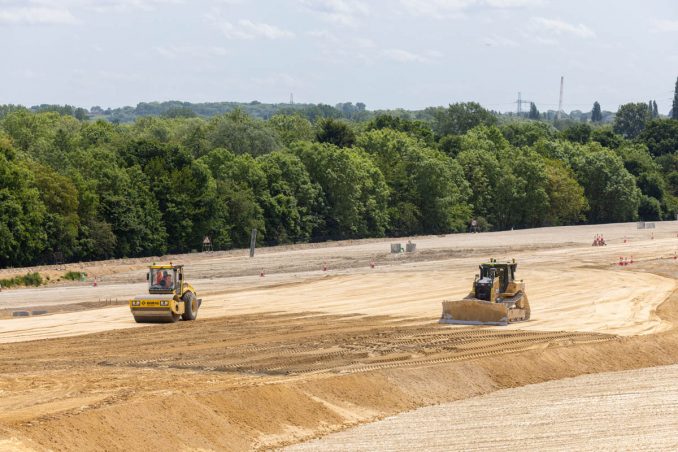
This distinctive new chalk grassland landscape will use all 2.6 million cubic metres of chalk excavated from the 10-mile twin-bore tunnel to form a series of shallow slopes and valleys, with the first millionth cubic metre now in place around the tunnel’s south portal in an area known as the Western Valley Slopes.
Chalk grassland – a type of calcareous grassland – is a habitat of international conservation importance found on limestone and chalk downlands in England’s South-East and the Isle of Wight. Lime-rich, but low in nutrients, the thin soil holds little water and drains well. These conditions encourage a huge variety of smaller herbs and wildflowers, and over 40 plant species can be found in one square metre of grassland, including rare UK orchids and highly diverse invertebrate populations.
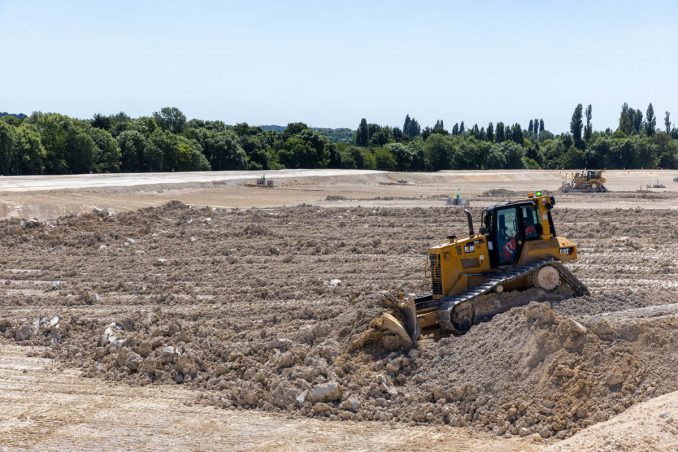
With only 800km2 of calcareous grassland left in England, the Western Valley Slopes will be an incredible addition. It will sequester carbon and minimise HS2’s carbon footprint as the area is located within Align’s south portal site therefore removing the need for approximately 750,000 lorry journeys on local roads.
The material excavated by the two tunnel boring machines is mixed with water before being pumped out of the tunnels to where it is processed at a purpose-built slurry treatment plant. The flint is then removed, and the water is recycled to leave chalk cake. This can then be laid together with recycled concrete and limestone aggregates from construction works to create a new landscape that echoes the neighbouring chalk downlands.
Research is also underway into soil profiles to support the grassland, and trials have been commissioned with Cranfield University and soil experts Tim O’Hare Associates. This research is likely to have far-reaching implications across the landscape and construction industries.
Lasting legacy and providing easy contact with nature are guiding project principles, and the scheme will create a colourful and immersive network of connected green spaces and new footpaths, cycling and horse-riding routes. The Slopes will be seeded with 70 grass and flower species and planted with 32 species of native trees and shrubs, including Chiltern specialities juniper, box, wayfaring tree and hornbeam. Biodiversity net gain for the site is currently estimated at 86 per cent.
The expectation is that hundreds of species of flora and fauna will quickly colonise the site, including invertebrates, birds, mammals, reptiles and amphibians. A low-intensity and highly adaptive land management strategy has been developed to encourage natural processes with free-roaming herbivores maintaining a dynamic habitat mosaic through rootling and grazing. This approach will reduce the need for mechanical management whilst increasing soil health, soil carbon and overall biodiversity. Field trials are in preparation before the final seeding and planting of trees and shrubs in 2025.
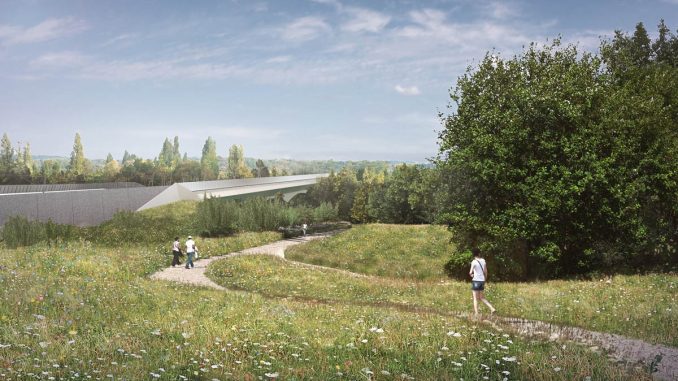
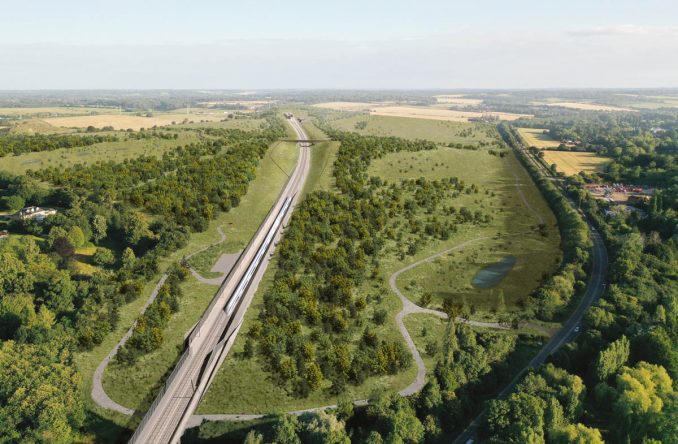
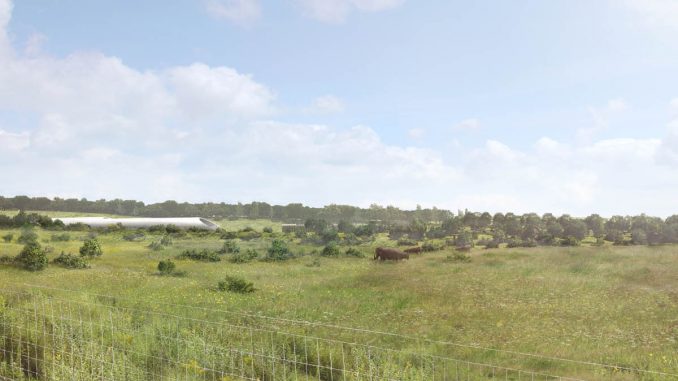
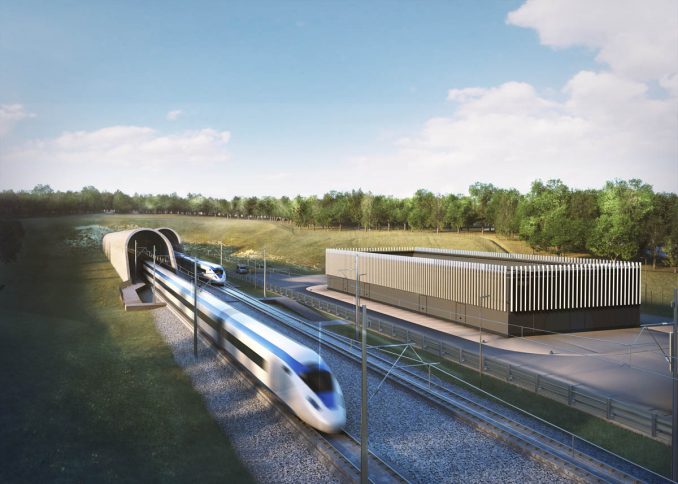
Simon Railton, the landscape architecture lead from LDA Design, said he was confident the site would provide a “meaningful legacy and benefit” for wildlife and people. “We are creating a landscape that is both rich in biodiversity and a place for people to enjoy. This project is addressing some of the biggest issues of our time around climate breakdown and nature loss.”
The plans have been developed by HS2’s main works contractor, Align – a joint venture formed of three international infrastructure companies, Bouygues Travaux Publics, Sir Robert McAlpine, and VolkerFitzpatrick – working with its design partners Jacobs, Rendel-Ingerop, and LDA Design, that form Align D.
Text Credit: LDA Design
Image Credits: Courtesy of HS2
